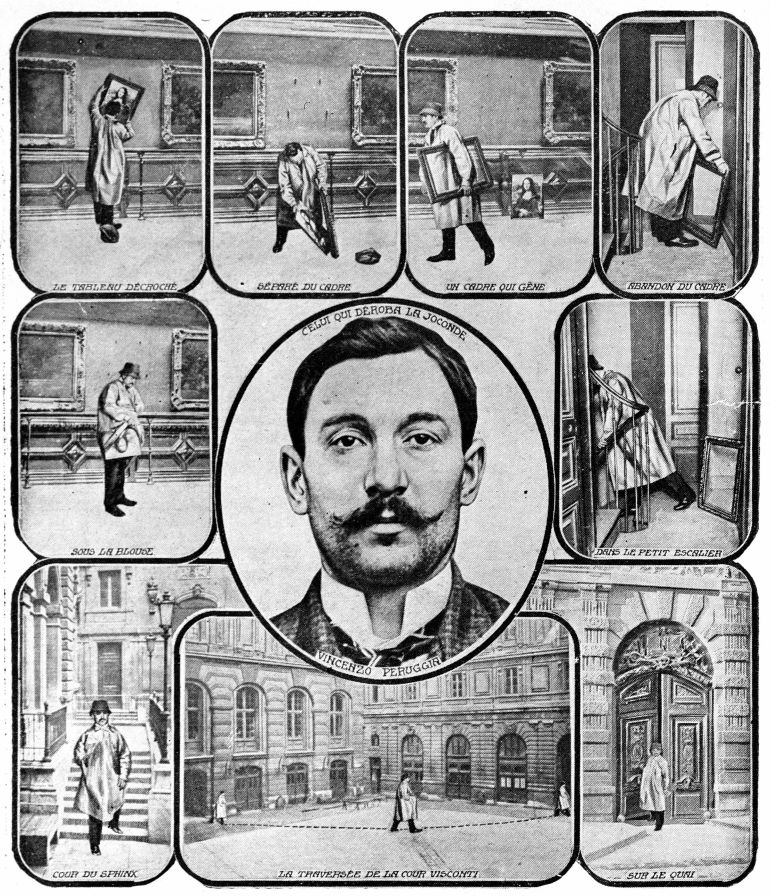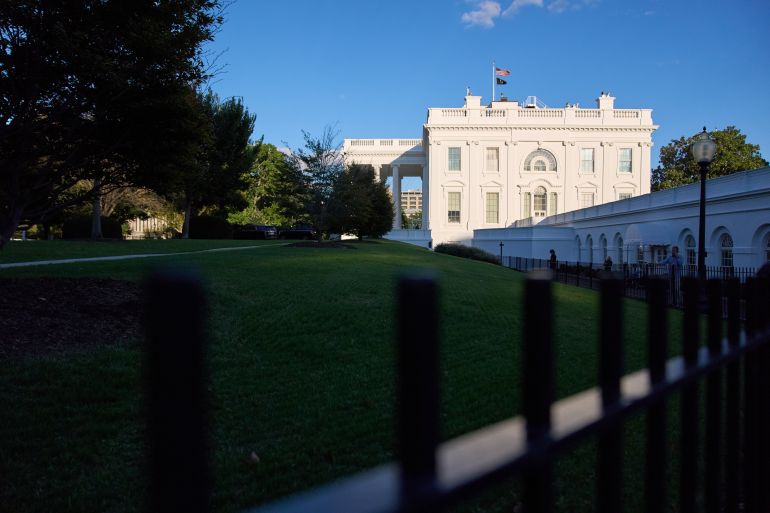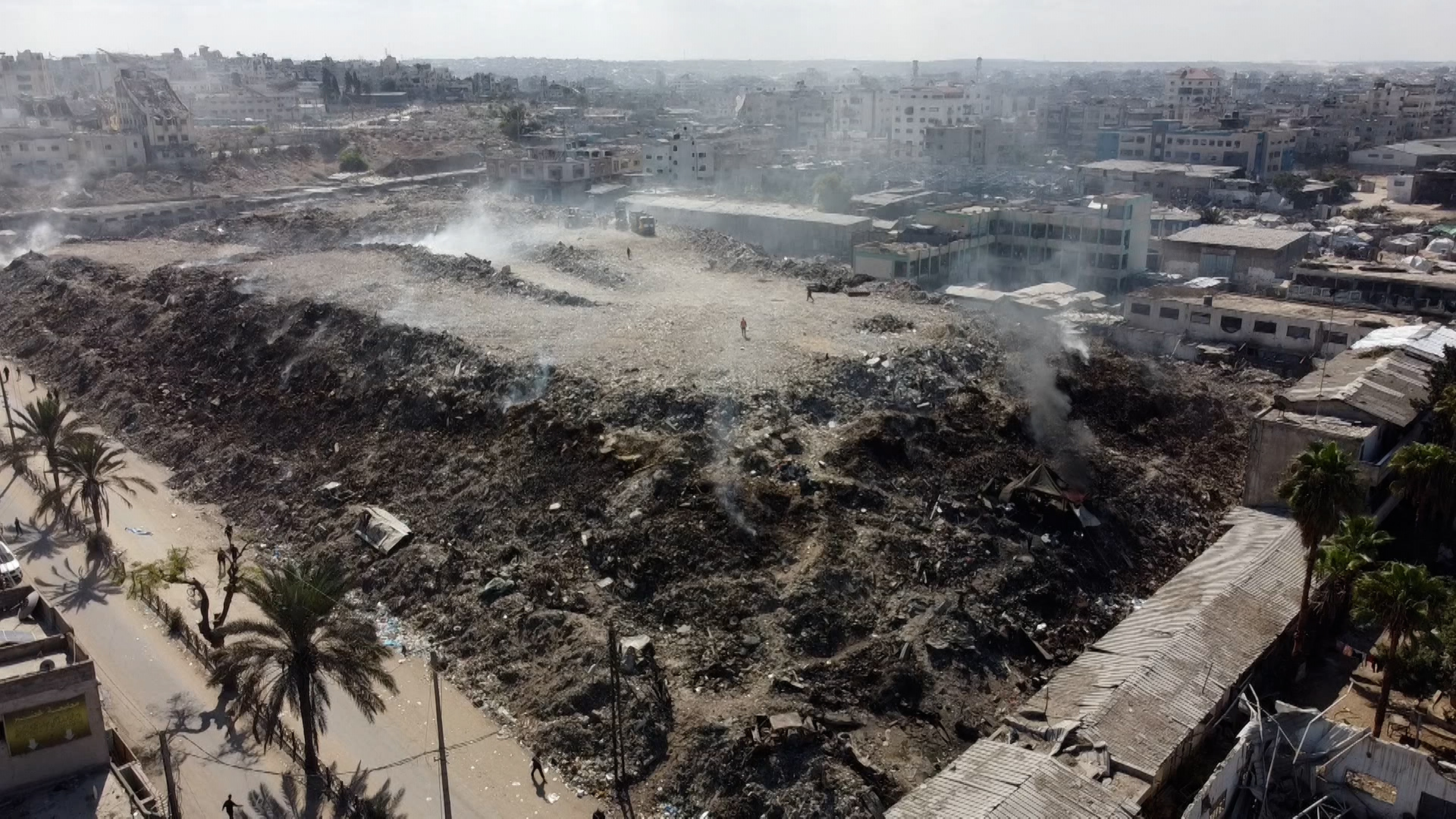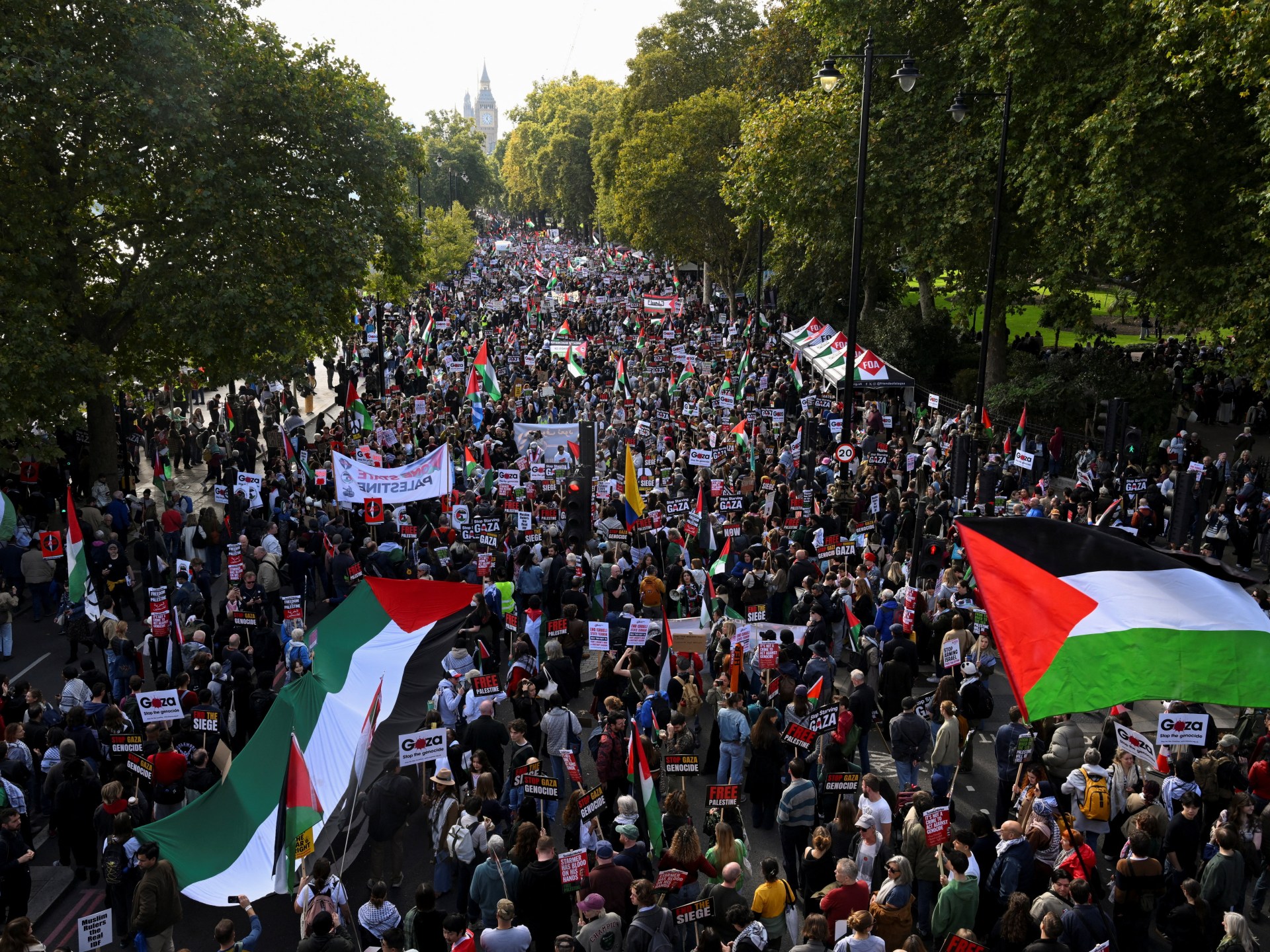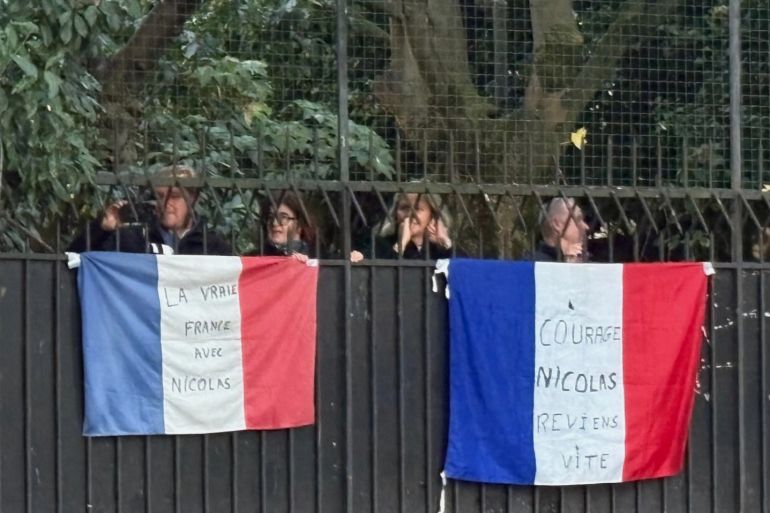The band of robbers who broke into the Louvre Museum in Paris on Sunday morning and stole eight Napoleonic pieces of priceless jewellery in a four-minute heist were just the latest in a long line of daring thieves who have targeted the iconic museum.
The robbers used a truck-mounted ladder to reach the gilded Galerie d’Apollon (Apollo’s Gallery) on the second floor before taking an angle grinder to a window to access the French crown jewels. The heist took place at 9:30am (07:30 GMT), half an hour after the museum opened to visitors for the day. The robbers are still at large and the Louvre is currently closed.
A ninth item they stole – the crown belonging to Empress Eugenie, Napoleon III’s wife – was recovered nearby after it was dropped by the group, the French Ministry of the Interior said.
The Louvre was a royal palace for more than two centuries. It opened as a public museum in 1793 during the French Revolution. The revolution had made totems of monarchical history especially vulnerable to looters, and the Louvre, besides giving everyday French people a glimpse of these precious items, sought to protect the legacy they represented, for future generations.
That did not completely stop thieves, however. Over time, there have been several attempts to steal valuable items from the Louvre – often successful.
1911: The Mona Lisa is stolen
On August 21, 1911, Leonardo da Vinci’s Mona Lisa was stolen in what was deemed the “heist of the century”.
At the time, the Mona Lisa was one of Italian painter da Vinci’s lesser-known works and had been on display since 1797. Many now say it was the theft itself that propelled the painting to its modern fame. At the time, the painting was hanging on a wall in a room called the “Salon Carre”.
The heist was carried out by Vincenzo Peruggia, a 29-year-old Italian immigrant who had briefly worked at the Louvre. He entered the museum completely unchallenged on the evening of August 20, clad in his old museum uniform.
Peruggia hid in a storage closet overnight and, in the morning, when the museum was closed and almost empty, emerged from the closet. He simply removed the painting from the wall and wrapped it in a white sheet. As he made to leave the museum, he found the stairwell door to the courtyard locked. But instead of being suspicious, a Louvre plumber helped Peruggia to unlock the door, mistaking him for a colleague.
Museum security was rather less robust back then, and paintings would often be removed for maintenance or to be photographed. Hence, no one batted an eye at the absence of the da Vinci painting for more than a day.
Concern over its absence was eventually raised by a visiting artist, who came to the Salon Carre to paint. When the Louvre guards could not find the painting, police were alerted. What followed was an extensive manhunt and media frenzy.
The police did not initially find many leads. Avant garde poet Guillaume Apollinaire was arrested and questioned due to his links to earlier thefts from the Louvre. Apollinaire, who was cleared of suspicion, pointed to his friend, a young Pablo Picasso, who was also questioned by the police.
Picasso was cleared of suspicion in the theft of the Mona Lisa, but in a grand twist, it was revealed he had previously acquired Iberian statue heads which had been stolen from the Louvre. He returned these to the Louvre to avoid any further trouble.
Rumours and speculation mounted about the painting’s possible whereabouts, with many believing it was smuggled abroad. But, the whole time, the Mona Lisa was actually in Peruggia’s one-bedroom apartment in Paris.
It was finally recovered in 1913 when Peruggia attempted to sell it to a gallery in Italy. He believed the sale had been successful when an art dealer he was in touch with invited him to Italy for a potential sale to a gallery, and he took the painting with him. Instead of buying the painting, however, the gallery turned Peruggia in. He was arrested in his hotel room in Florence.
The Mona Lisa was returned to the Louvre in 1914, and Peruggia was charged with the theft. He said he had been motivated by national pride to steal the painting, claiming the painting had been looted from Italy. The painting was actually completed in France by Da Vinci and sold to the French royal family.

1940s: The Nazis attempt to loot the Louvre
In 1940, the Nazis invaded France amid World War II and appeared poised to loot a section of the Louvre.
However, as a preemptive move, Jacques Jaujard, the director of France’s national museums, ordered more than 1,800 cases containing Louvre masterpieces, including the Mona Lisa, to be moved to the French countryside.
This prevented a large-scale cultural loss when the Nazis marched into a largely empty museum.
However, the Nazis did steal many pieces of Jewish artwork while occupying France. Many of these have been returned to France, and the Louvre began displaying them in 2018 in an attempt to reunite the stolen pieces with their original owners.
1960s to 1990s: More robberies
In 1966, five pieces of antique, handmade jewellery were stolen from John F Kennedy International Airport in New York. The jewellery was en route back to Paris from the United States, having been loaned by the Louvre for a museum display in Richmond, Virginia. Detectives later recovered the jewellery in a grocery bag, and three men were arrested for receiving stolen property.
In 1990, Pierre Auguste Renoir’s Portrait of a Seated Woman was cut from its frame and stolen from the third floor of the Louvre. At the same time, the museum discovered that some small jewellery items were also missing – and may have been for some time. “The disappearance of these objects, which are not of great value and are often seen on the market, is certainly quite old,” the then-director of museums in France said, according to The New York Times. It is unclear whether these items were ever recovered.
What’s different this time?
This week’s jewellery heist is distinctive because previous high-profile robberies in the Louvre have largely been of paintings.
“A jewellery theft is a very different thing to consider because of the high intrinsic value of the object stolen,” American art historian Noah Charney told Al Jazeera. Paintings have a non-intrinsic value, which is value assigned to them due to their cultural significance, he explained.
“A painting doesn’t have a high intrinsic value because it’s usually made of panel and pigment, and canvas and nothing more. Whereas jewellery has a high intrinsic value because if you break down what was stolen and sell the components, the value is still significant.
“With jewels, the cultural heritage value, which provides the majority of its value, is not something that the thieves are likely to take into consideration,” Charney added.
Does this make stolen jewels harder to trace?
Yes. Collections of jewels can be broken down, recut and sold in a way that does not link them to the intact stolen items, making them almost impossible to trace — yet very valuable.
They do not even need to be on the black market if the jewels are recut significantly enough that they are not identifiable.
“The only hope that police have, and we understand this from how past cases have played out, is if they offer a reward for the recovery of all the jewels intact that is higher than the value of the component parts of the jewellery,” Charney said.
Such a move might buy the police a bit more time to track down the items and catch those responsible as the thieves ponder their next move.
